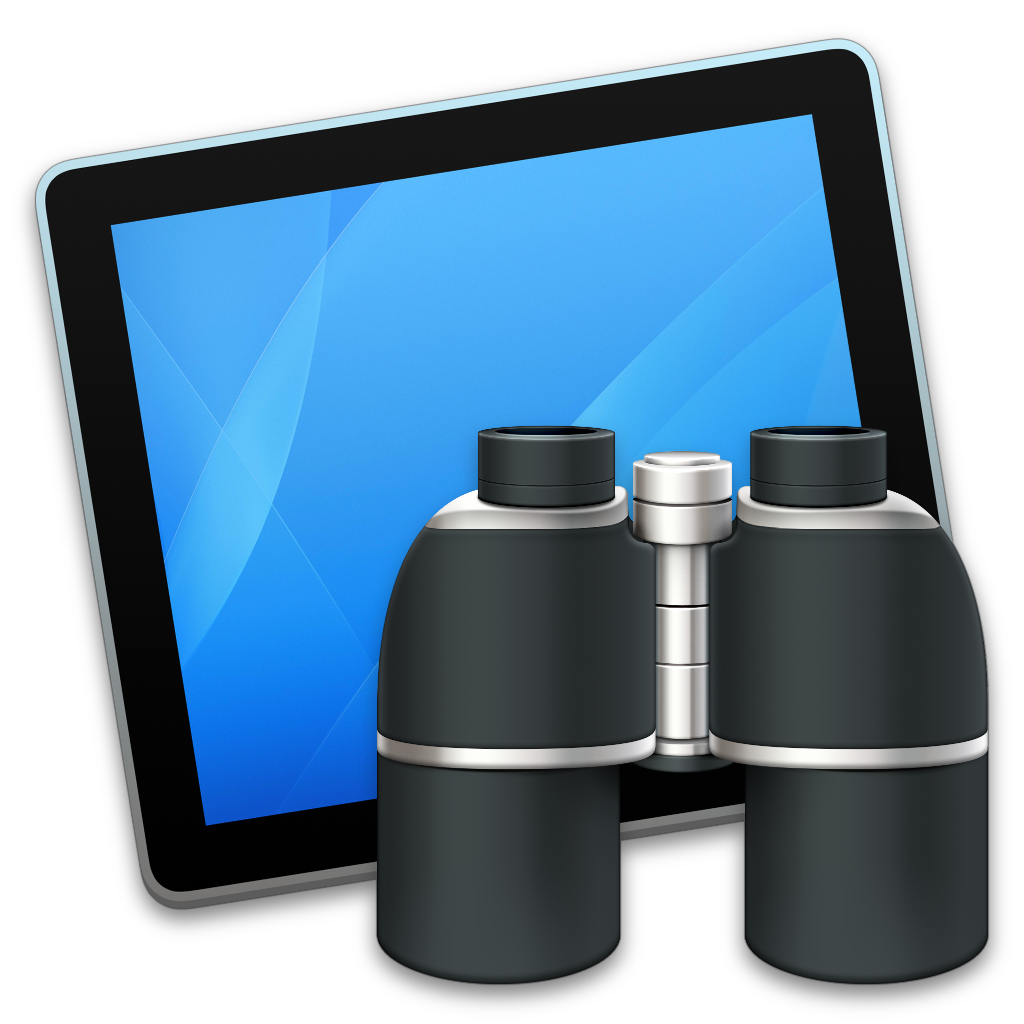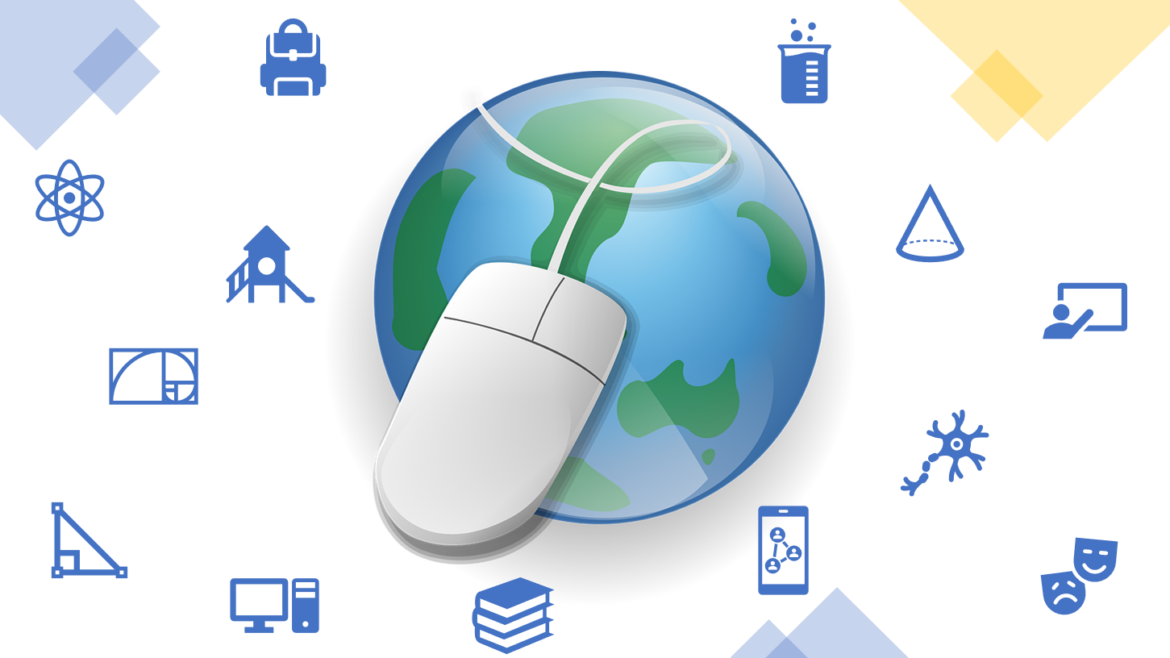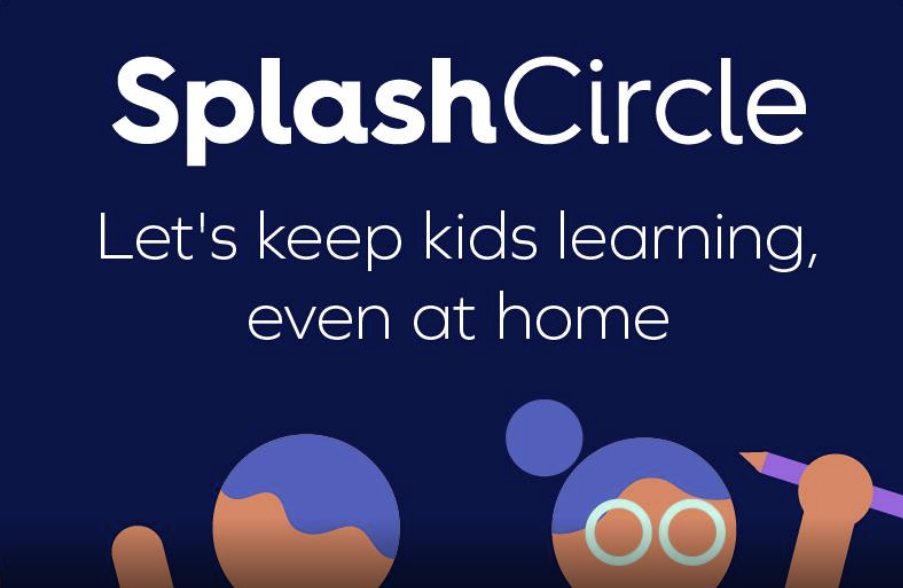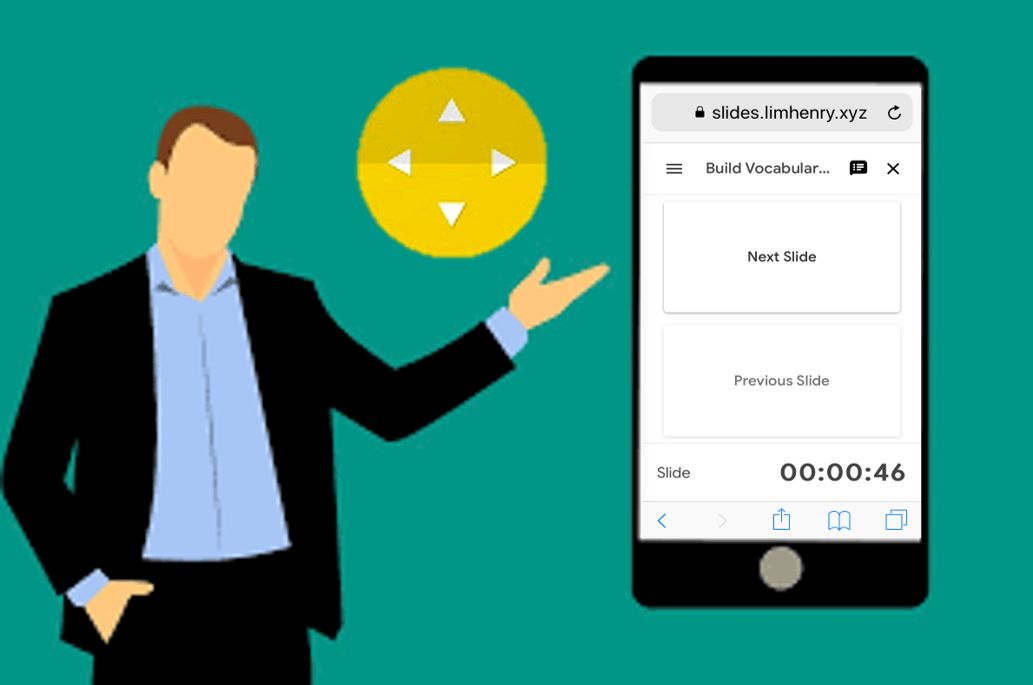Wish you had an easy way to remote control or manage another computer from your device? I know I do every time I am downstairs and I realize I need to provide family technical support upstairs. After trying (and failing!) to reframe my climb up the stairs as a chance to exercise, I started looking into remote control. Of course, remote desktop control can be a controversial topic. But there are legitimate uses, and I’d like to share a few solutions that I have found that work well.
Wait, It’s Controversial?
Think of how much effort technologists spend “locking people out” of their devices. There are personal, software firewalls for your Windows (e.g. Windows Defender) computer. There are tools to keep your device from revealing information about you to others (e.g. NetLimiter for Windows, Little Snitch on Mac). And, of course, there’s router security. All these tools enhance your privacy. But reasons abound why technology departments manage remote desktop control in schools:
- Non-specific user account access to another staff member’s computer
- Student/staff misuse of remote desktop control tools for their own gain or to cover up bad actions
- Clocking in from home instead of from work
Why would you put software on your computer that allows remote desktop control? Let’s explore a few of those reasons.
Why Use Remote Desktop Control
Perhaps you work from home, but have data you need to access on a work computer. Or maybe you have the data, but not the expensive software on your home computer to open the files. Maybe you have an underpowered device where you are, but have a super-powered machine elsewhere just an internet connection away. How could you get to it?
“A VPN creates a private “tunnel” from your device to the internet. It hides (via encryption) your vital data” (source: NameCheap).
Tools like Google Drive, Microsoft OneDrive, and Adobe Creative Cloud have made life easier with software programs that are in the cloud. Yet there can still be a need for remote desktop control. Here are my top reasons for remote desktop control:
Reason #1 – Remote Support for Family
“I connect to Mamaw’s Chromebook, and walk her through whatever over the phone,” said Janna. Janna and I worked together as district instructional support staff. “Doing that saves me time, since I don’t have to drive over there every time.”
Many adult caregivers find themselves isolated from their parents. Illness, distance, and other tasks may keep them apart. That means that when a caregiver’s parents or family need technical support, they can’t help. Having a remote desktop control program can close the gap.
Reason #2 – Access Critical Files or Print Reports
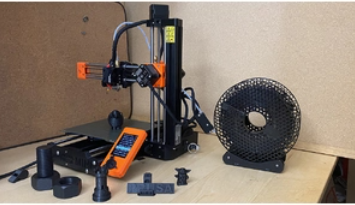
Photo Credit: PC Mag – Prusa 3D Printer
“I don’t have a printer at home,” Monica told her team. “I need to be able to login from home, click print on my computer, then pick it up when I get there.” Sure, it would be great if everyone had a color laser printer at home that could knock out twenty, stapled copies. And even if printing paper copies is less prevalent, not everyone has gone digital.
With Remote Desktop Control, you can copy that file from your device to your work machine and then print that file from your work computer. Instead of printing paper, what about 3D printing from home? The possibilities are endless, time is finite. Start that print job from home, and walk in to see a completed product.
Reason #3 – Manage a Network Drive or Server
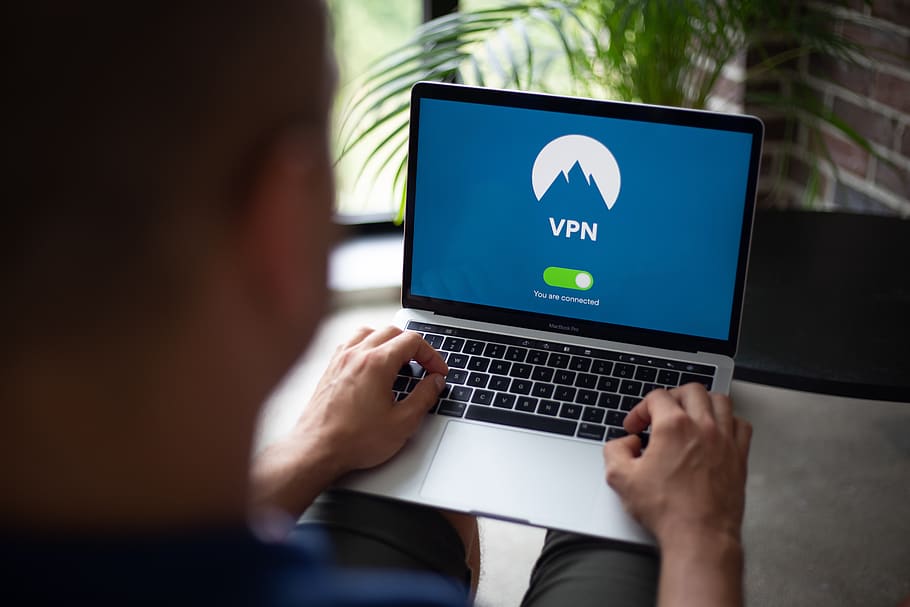 “We don’t have a school VPN set up, but you can remote in to your computer,” said the technician. Responsible for several servers inside the firewall, I was nervous about remote access. Still, if no one had objections, I went ahead and connected to my work machine from home or my phone. This allowed me to do server management and run updates from anywhere.
“We don’t have a school VPN set up, but you can remote in to your computer,” said the technician. Responsible for several servers inside the firewall, I was nervous about remote access. Still, if no one had objections, I went ahead and connected to my work machine from home or my phone. This allowed me to do server management and run updates from anywhere.
Remote desktop control is often employed for remote server support. You can also connect to your school machine, which then works as a portal to “secure” resources. Again, there are all sorts of security concerns, but it’s good to know how to best use these tools.
My Favorite Remote Desktop Control Tools
This list changes from time to time, but let’s cover some of the ones you are most likely to use. If you are a server admin, you may have a Palo Alto Networks, Sophos SSL VPN, or Cisco VPN in place. Those solutions, like Microsoft Direct Access, make it easier to manage resources.
If you run a GNU/Linux server, you may be using a command line SSH. In fact, I have fond memories of managing Moodle and WordPress via command line SSH. Tools like sFTP and FTPS are handy, too. Who hasn’t used WinSCP, GoAnywhere Secure FTP, AutoMate, or SFTP Plus? These are all tools that make secure transfer of files possible for schools.
Alphabet Soup? Learn More
Is this alphabet soup for you? While you don’t need to know everything, it doesn’t hurt to clarify your understanding. Sign up for TCEA’s Data Guardian online course.
But if you aren’t managing servers or needing to transfer files in a secure way, then relax. Try using one of the following solutions.
Remote Control Tool #1: Chrome Remote Desktop
Need a no-cost solution? You can give Google’s Chrome Remote Desktop tool a try. It makes it easy to remotely access files or run programs. You can connect from your computer, Android, or iOS device.
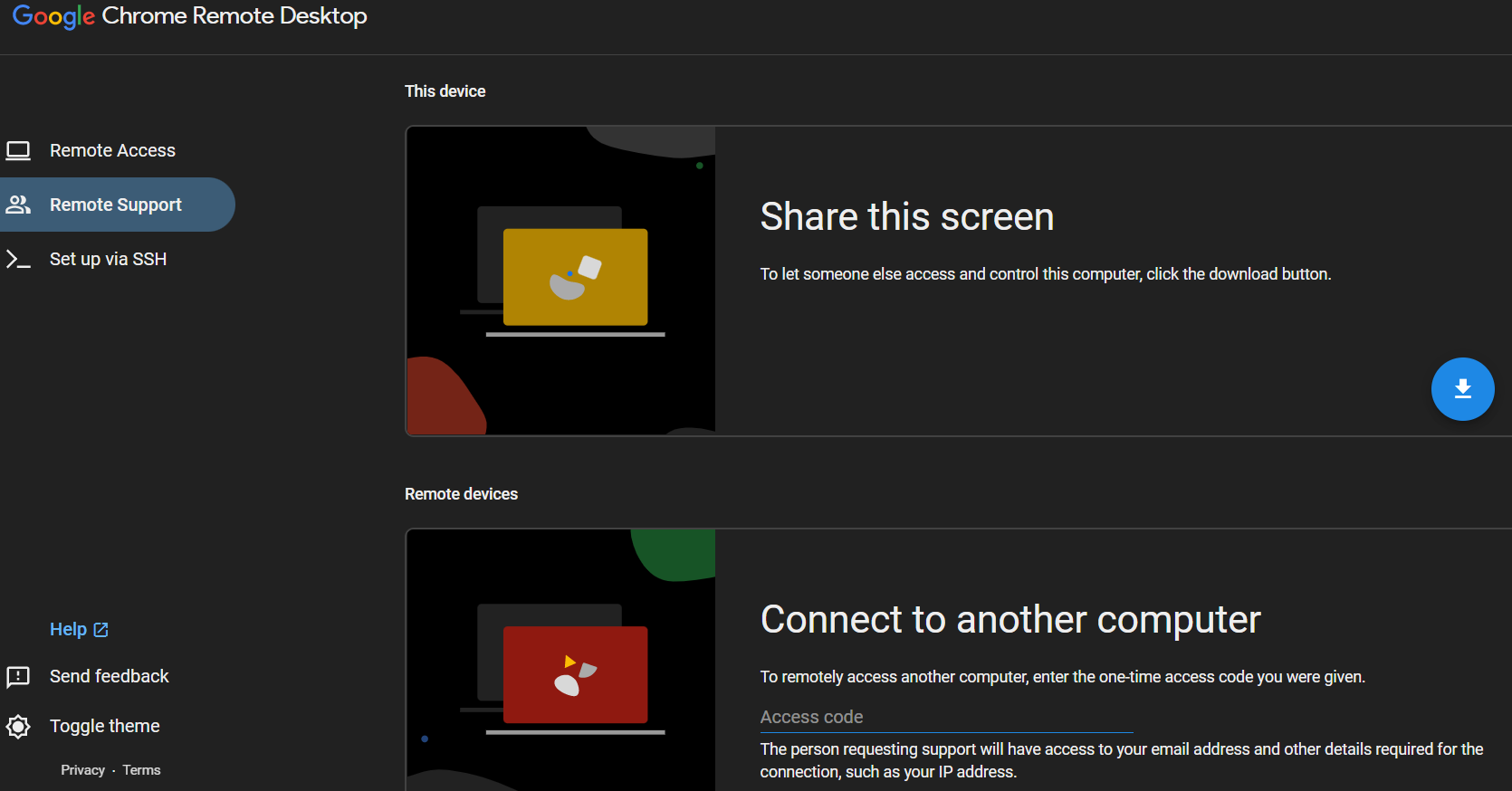
When getting ready to share your screen, you will need to get the Chrome Remote Desktop add-on and add it to your Chrome browser. One cool aspect of Chrome Remote Desktop is that you can connect to your own machine (printing not possible, though), which is what I did to get this screenshot:
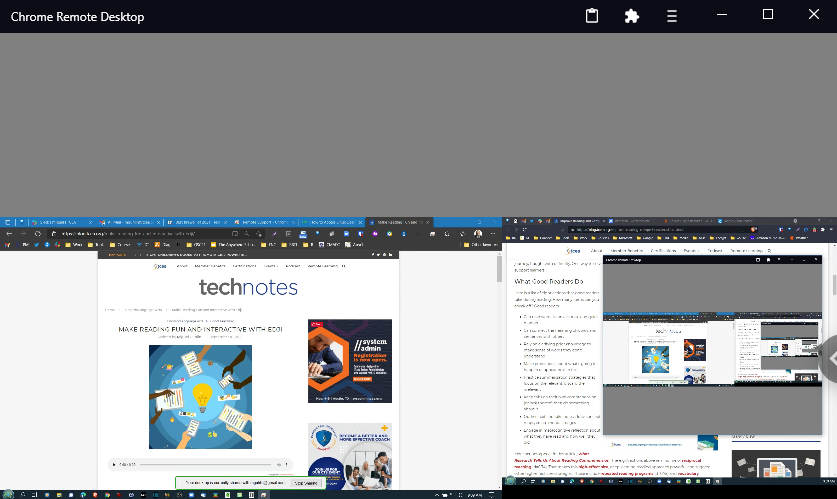
Remote Control Tool #2: GetScreen.me
GetScreen.me offers an amazing solution. It’s amazing because it’s quick to set up for any two computers and is browser-based for the viewer. For example, it was a simple matter to install the software on the host computer. Then, using my web browser, I accessed a special link the host computer provided. Once connected, I was controlling a computer in another room via the one in my office.
Pricing is not exorbitant, as you can see from the chart below:
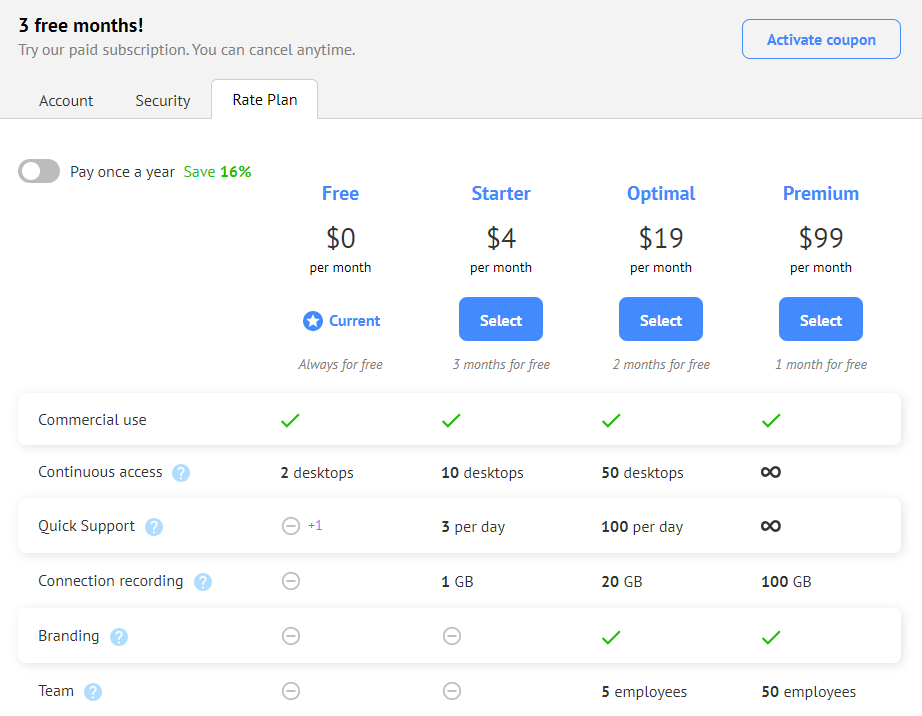
Some other alternatives may include Remote Utilities or Join.me. Some may want to use a tool like Windows Remote Desktop, but it’s never been my go to. I also have tried and discarded Virtual Network Control (VNC)based products (e.g. UltraVNC, TightVNC). Instead, GetScreen.me offers a nice, quick-to-access alternative.
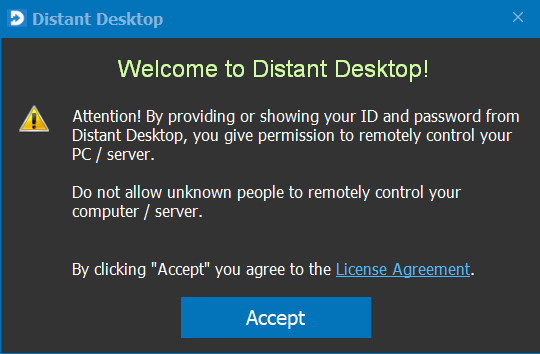
Remote Control Tool #3: Distant Desktop
Available at no charge for personal and commercial use, Distant Desktop is easy to use. Although it only works for Windows, you can use it to connect and work remotely. Like the other solutions listed, it offers security, ease of use, and file transfer. What’s more, Distant Desktop makes it easy to find your credentials. Sharing them, well, look for a paper and pen to write them down.
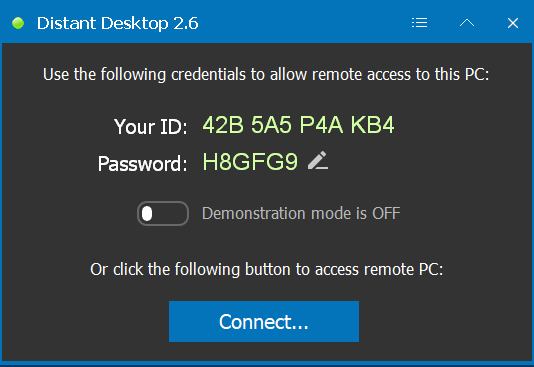
As you can see above, when you run Distant Desktop on Windows, it gives you an ID and password. You will have to find some way to share that with others. Copy-and-paste works for the ID, which changes each time you run the program. The password is changeable.
A Caution
As useful as these tools are, please be aware that some districts may frown on your use of them. As a technology director and family tech support, I couldn’t imagine my life without them. If you have a need, give them a try. My recommendations? Use Google’s Chrome Remote Desktop or Distant Desktop. GetScreen.me works great as well.

